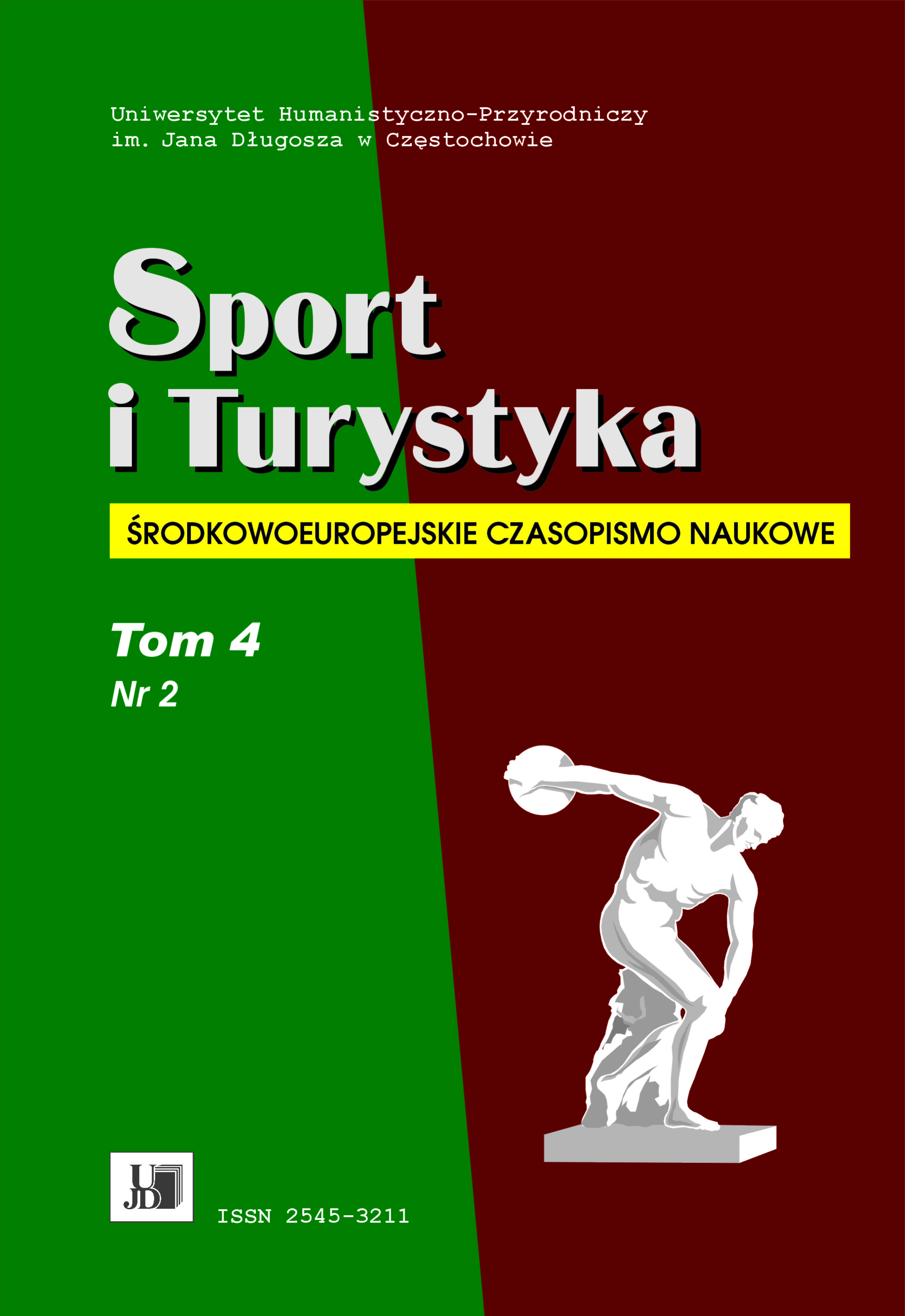Abstract
After Poland regained its independence, Polish sports achieved beneficial conditions for development. It resulted in the creation of the first community and government sports management solutions. The opportunity of the State’s financial support helped to overcome one of the significant obstacles to the development of sports at that time – the lack of an adequate number of sports facilities. This process was incredibly intensive during the years 1926–1929 due to the economic and political circumstances. Several representative facilities of international importance were erected during the interwar period. The main or the only investor in this type of projects was the State, which was aware of the beneficial consequences of sports for promoting its image on the international forum. Local and regional investors in sports facilities often included the self-government or community organisations and sports clubs. Even then, they usually completed their projects with the support of state funds. It was the State – independently or as a principal partner in the public-private partnerships - that was the main sponsor of sports in the Second Republic of Poland, especially in terms of the symbolic facilities of international significance.





